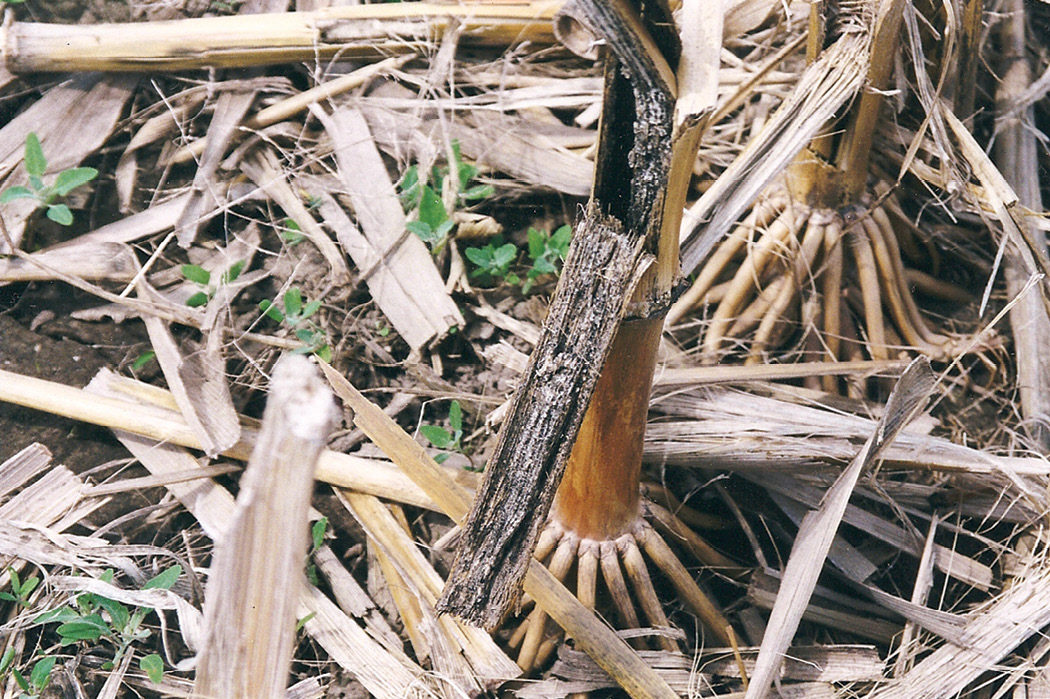No-Till Farmer
Get full access NOW to the most comprehensive, powerful and easy-to-use online resource for no-tillage practices. Just one good idea will pay for your subscription hundreds of times over.

Enzymes, microbes and humic acids may be the next evolution in residue management, as no-tillers continue searching for ways to increase biological activity in their soils and break down tough cornstalks.
“We’ve gone from moldboard plowing to spraying residue with nitrogen, to adding simple sugars to stimulate microbes to eat faster and reproduce,” says Greg Willoughby, technical manager for Helena Chemical’s northern business unit. “Most recently, we’ve developed methods and products that more effectively stimulate microbial activity.”
Residue-managing products are varied in their approach, but the goal is the same — build the microbe and fungi population in the soil and make sure they’re in the right condition to attack residue.
The benefits of effective residue management are numerous. The more decomposed residue is in the spring, the easier it is to no-till into while still achieving the seed-to-soil contact necessary for picket-fence stands.
Decomposition also releases nutrients, which can really add up, says Jeff Littrell, vice president of BRT & FHR Farms.
“The nitrogen, phosphorus and potassium that can come out of stover is massive,” Littrell says. “We’ve measured 30 to 40 parts per million of nitrogen made available due to residue digestion. If you can pick up some nitrogen, phosphorus and potassium from residue, that’s less you need to apply to the field.”
University of Minnesota calculations conclude that in 140-bushel corn, each ton of residue contains 15 pounds of nitrogen, 5.9 pounds of phosphate, 25 pounds of potash, as well as organic matter and other nutrients.
At…